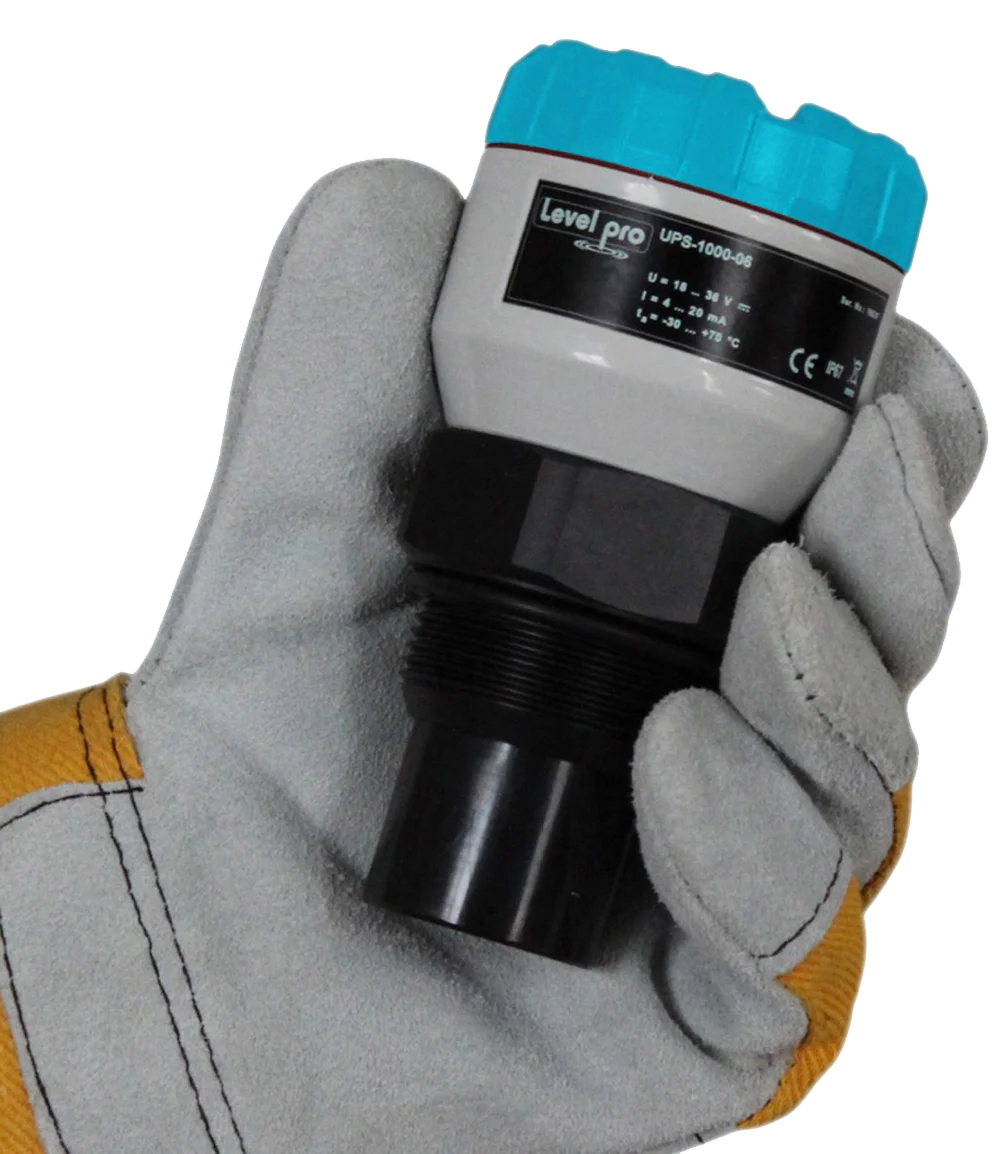Why Condensate Plays Havoc with Ultrasonic Tank Level Sensors

Condensate, or water vapor that has condensed into a liquid, can play havoc with ultrasonic tank level sensors due to the way that ultrasonic signals behave when they come into contact with a liquid.
One reason that condensate can cause problems for ultrasonic tank level sensors is that it can absorb the energy of the ultrasonic signal. When the ultrasonic signal hits the surface of the condensate, it can be absorbed by the liquid, which can cause the signal to be attenuated, or weakened. This can result in inaccurate or unreliable measurements, as the sensor may not be able to detect the full strength of the signal.
Another reason that condensate can cause problems for ultrasonic tank level sensors is that it can reflect the energy of the ultrasonic signal. When the ultrasonic signal hits the surface of the condensate, it can be reflected back to the sensor, which can result in false readings or multiple echoes. This can cause the sensor to produce inaccurate or unreliable measurements.
Finally, condensate can also cause problems for ultrasonic tank level sensors by forming a layer on the surface of the sensor. This can interfere with the operation of the sensor and may cause it to produce inaccurate or unreliable measurements.
Overall, condensate can play havoc with ultrasonic tank level sensors due to the way that ultrasonic signals behave when they come into contact with a liquid. This can result in inaccurate or unreliable measurements.
The submersible tank level sensor is a far better choice for a tank level sensor when your application involves condensate.
Learn more about level sensors
Please contact us to discuss your application


